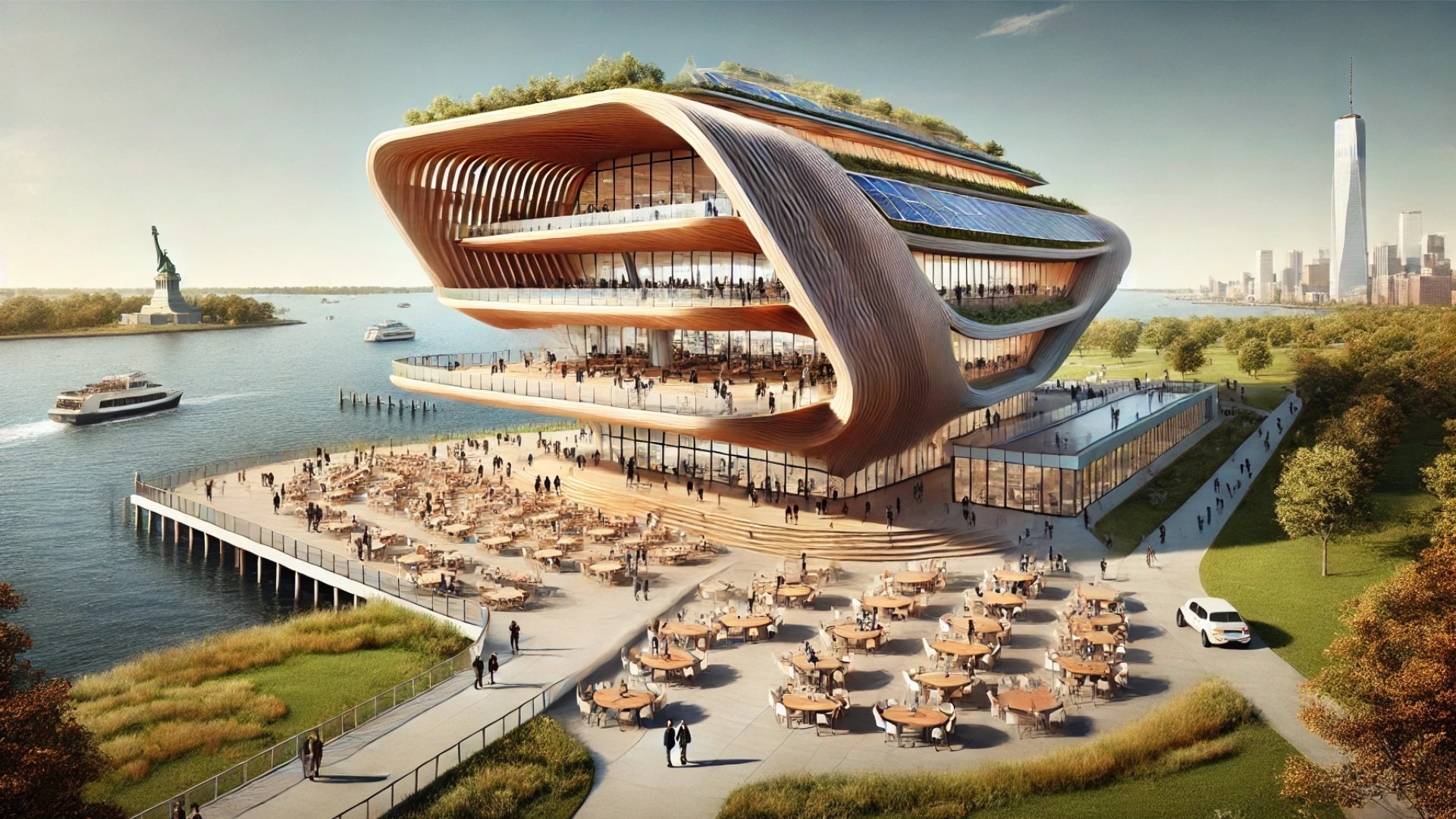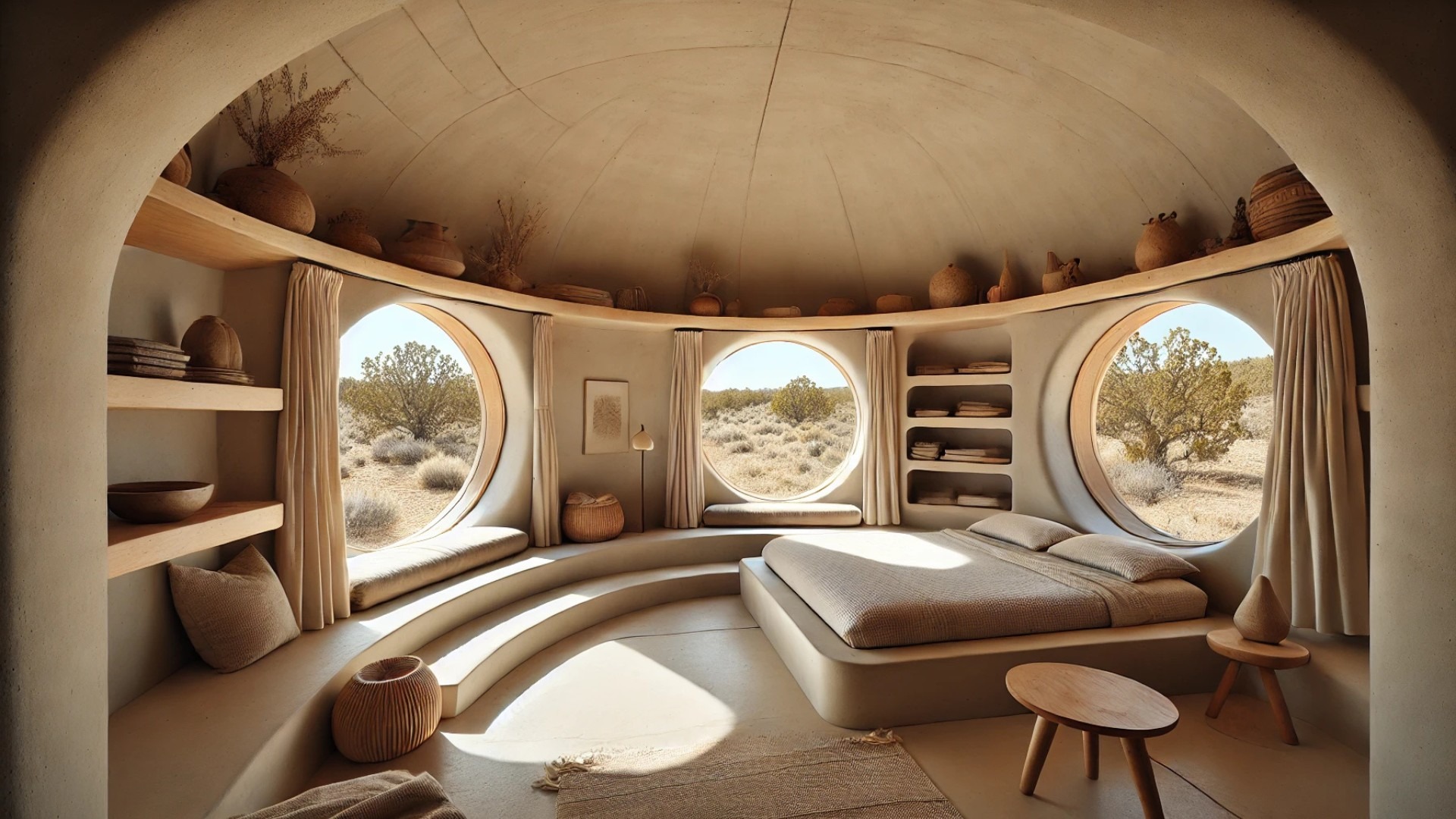
Reimagining Governors Island: Where Architecture Meets Sustainability
A striking new development is set to rise from the historic grounds of Governor’s Island, New York, with a vision that blends cutting-edge design and an environmental ethos. The Center for Climate Solutions, designed by renowned architecture firm Skidmore, Owings & Merrill (SOM), is poised to become a centerpiece for climate solutions, education, and research, exemplifying a new architectural narrative rooted in sustainability.
Architectural Elegance Meets Environmental Responsibility
The Center for Climate Solutions will feature a captivating, curving solar-clad mass timber structure, standing eight feet above current grade to combat the pressing threat of rising sea levels. This innovative design is not merely about aesthetics; it’s a conscious response to the climate crisis. The updated blueprints unveiled in March depict a simplified yet stunning building crowned with ribbon-like skylights, symbolizing the radical ambitions behind its construction.
This development comes at a pivotal time as urban areas prioritize resilience against climate change, mirroring a broader trend in architecture where form follows function, particularly in mitigating environmental impact. The project’s dual commitment to True Zero Waste certification and the high benchmarks set by the Living Building Challenge signal a significant shift toward eco-conscious construction practices. With no current building in New York achieving this level of certification, its establishment will place Governors Island at the forefront of sustainable innovation.
Fostering Community Engagement and Education
Beyond its impressive physical attributes, the Center for Climate Solutions aims to serve a multitude of educational purposes. It will welcome 600 post-secondary students, facilitate 6,000 workforce trainees, and host various climate-focused startups annually. By including K–12 education programs and a Living Lab, it will forge strong community ties and enhance the educational offerings of Governors Island, traditionally known for its summer activities.
With open mass timber spaces, expansive glazing, and natural views that seamlessly connect indoor areas with the waterfront, the architecture goes beyond mere functionality. It creates a welcoming ambiance that promotes collaboration and public engagement. This interactivity is essential for fostering a culture of climate awareness and innovation.
The Future of Architecture: Adaptive and Beautiful
As we look toward the future, the design of the Center for Climate Solutions becomes a beacon of architectural possibilities that balances aesthetic beauty with practical necessity. Its wave-like structure not only captures the eye but also echoes the surrounding coastal environment, symbolizing adaptability in design.
Thinking ahead, this project could inspire similar endeavors in urban architecture worldwide, advocating for buildings that are not just resilient but are also beautiful and inviting—a combination that appeals to both design aficionados and climate activists alike.
Conclusion: A New Chapter for Governors Island
Ultimately, the Center for Climate Solutions on Governors Island represents a transformative step in redefining urban spaces. As it prepares to welcome researchers, students, and the public, it sets a bold example of how architecture can support sustainable living and lead the conversation about climate action.
The vision laid out by SOM goes beyond building a structure; it's about creating an experience and a movement. As this project progresses toward its 2028 completion, residents and visitors alike can anticipate a dynamic hub that champions the principles of sustainability and community-engagement, reshaping the island’s identity into one that reflects the challenges and triumphs of our time.
 Add Row
Add Row  Add
Add 






Write A Comment